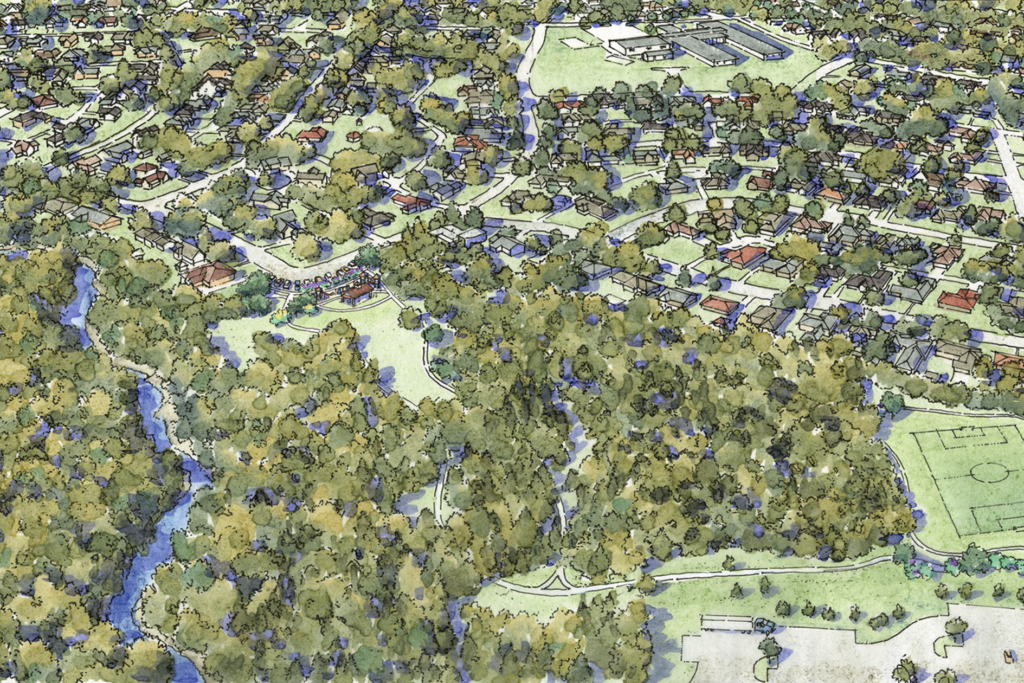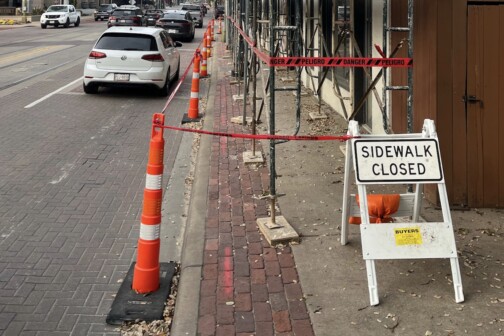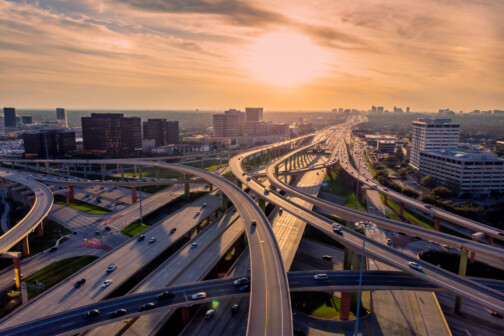Last year, Dallas Area Rapid Transit, to the chagrin of some of its trustees, agreed to send what ended up being $234 million in excess sales taxes to its 13 member cities. The DART dollars came with a string: the money had to be used on “complementary transportation services,” which basically meant the infrastructure around DART’s buses and trains. That’s the stuff that DART doesn’t control, but is incredibly important to the success of the system.
DART collects a penny from sales tax revenue from each of its cities. And Dallas generates just about half of its revenue. So Dallas got back a sizable $111 million, which appears to be enough to juice a number of infrastructure priorities that are a mix of exciting, much-needed, forward-thinking and long-ignored. The Council could vote as soon as March.
Assistant City Manager Robert Perez has been working out these recommendations since September, which now appear ready for Council approval. He detailed plans to the City Council in a memo last month, which have changed a bit since last summer when the money first became a possibility. Remaining the same is the $55 million will be used to “completely address” the backlog of missing ramps across Dallas, which are required by the Americans for Disabilities Act.
Perez already wanted to set aside $10 million in a revolver fund to match future dollars from the North Central Council of Governments, which is keen to help pay for public improvement projects.
Now, he has a specific project in mind: The Five Mile Creek Urban Greenbelt, which has been recently championed by Mayor Eric Johnson as one of his priorities. The $10 million in DART money will go alongside $15.4 million from the NCTCOG and will pay for the construction, engineering, and design of a 12.9-mile trail. It will extend southeast from the Chalk Hill Trail connection near Westmoreland Station through Oak Cliff and into the Trinity Forest, where it will connect with the forthcoming trailhead that’s part of the under-construction LOOP.
Another $15 million will go toward paying the back half of what it will cost to complete the priority projects identified in the city’s Sidewalk Master Plan. That plan found that Dallas had 4,500 miles of sidewalk—and was missing another 2,000 miles adjacent to roadways. Priorities were informed by activity around the area, equity, pedestrian safety, citizen requests, and existing walkable destinations that could immediately benefit from such infrastructure. The plan separates priority projects by council district.
Adjacent to that idea is another $2 million for bike lane upgrades, which will be used to retrofit existing bike lanes with new materials and “explore options” for maintenance and bike lane cleaning. The city is expected to unveil its update to the 12-year-old bike plan this summer.
Elsewhere: $6 million for traffic markings and $19.5 million for reconstructed traffic signals on major DART routes, with priority given to corridors in the city-defined Equity Priority Areas.
Smaller, but still exciting initiatives include $1 million to make it free for students to ride (an effort that has gained recent traction with a heavy nudge from the environmental group Sunrise Dallas) and $2.85 million to study how the city can turn little-used park and ride lots into mixed use developments.
This could all be allocated by the end of March, pending City Council approval. DART needs to sign off on an interlocal agreement with the city of Dallas before it can disburse the money; Perez anticipates that to happen by the end of the month. The Transportation and Infrastructure Committee will be briefed on staff’s recommendations before it goes to Council for its vote.
The recommendations read like a wish list of many of Dallas’ transportation priorities over the past few years. It sure helps to find $111 million under the couch.
Get the D Brief Newsletter
Author






